<The trigger is ...>
The other day, a veteran guide, Mr. S, guided us to the Hamarikyu Onshi Garden, and heard about the story of elephants who came from Vietnam far during the age of the 8th Shogun Yoshimune. Yoshimune was very interested in the white elephant, which is said to have been carrying Fugen Bodhisattva. The elephant traveled from Vietnam to Nagasaki, stayed in Nagasaki for one year to adapt to the climate of Japan, and then walked to Edo for 70 days.
Fortunately, I had an opportunity to walk around Hamarikyu Garden with a very experienced guide, S-san. Then I learned that there used to be an elephant kept in the garden during the 8th Shogun, Yoshimune's regime. It is told that Yoshimune was very much interested in white elephant, which was told to be ridden by Fugen Bosatsu (Buddhist saint). The real elephant came from Vietnam, stopping over in Nagasaki an year for weather adjustment, and came to Edo by walking. It took 70 days to arrive. 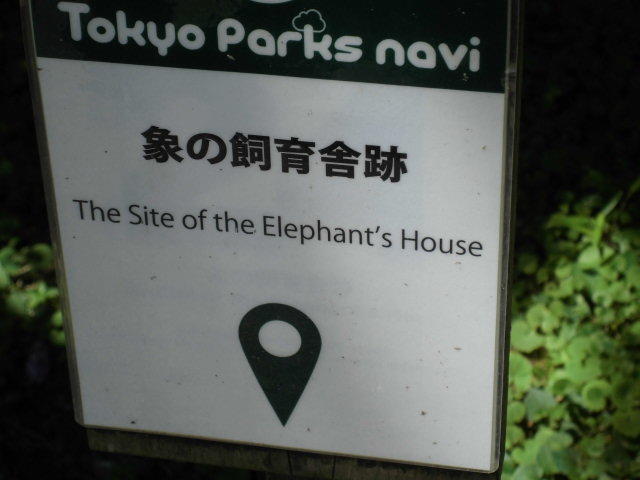
●So, I also like elephants, so I decided to go around Chuo-ku with elephants as a keyword.
I myself am also an elephant lover! So, I decided to walk around the city looking for elephants.
<Elephant at Shinkawa Echizenbori Children's Park>
When you go to Echizenbori Children's Park in Shinkawa, you can meet parent and child elephants. In summer, water erupts like a fountain from the parent elephant's nose, enlivening children's play in the water. A simple child elephant is very adorable for a real mother elephant. The park is located on the site of the residence of Echizen Fukui feudal lord and Matsudaira Echizen Mamoru.
If you visit Echizenbori Park, you can encounter an elephant family. During the summer, water spurts from parent elephant's nose like a fountain and excites children. Unlike realitically made parent, a child elephant is built so simple but it is adorable. The park is made on the ground where use to be the house site of Echizen Matsudaira clan.
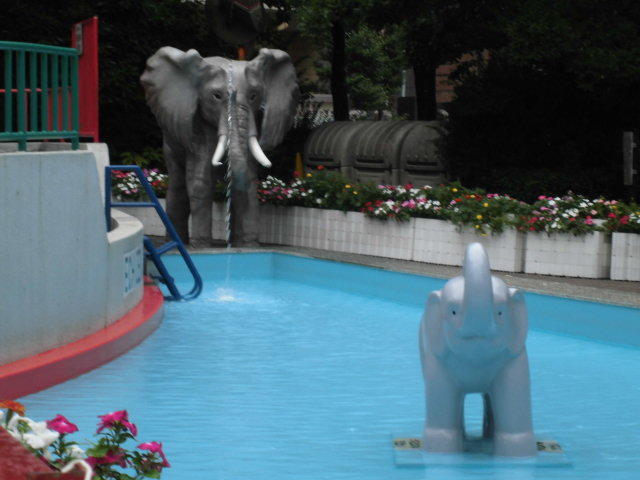
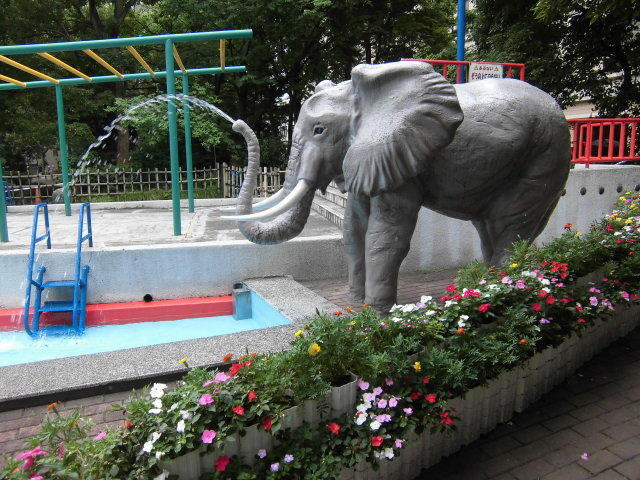
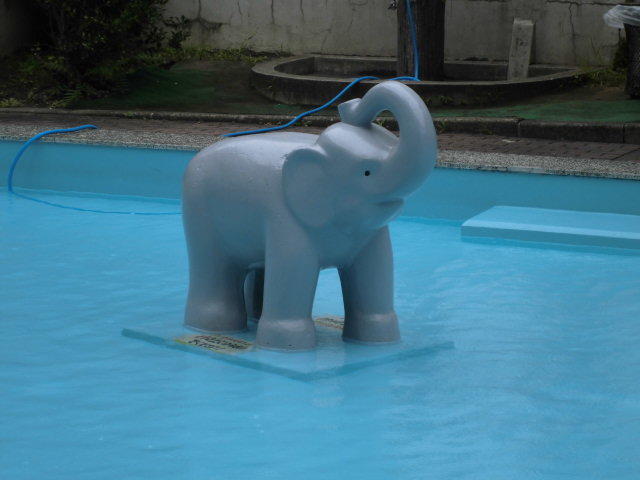
<Elephant of Nihonbashi Takashimaya>
It's too famous, but it's an employee elevator room on the roof of Nihonbashi Takashimaya. It is made in the image of an elephant with a remnant of raising the elephant Takako on the roof in the past. Since the shooting date is under roof construction, it is partially hidden, but the silhouette of the elephant was confirmed.
Very popular spot ! An elevator facility room on the roof of Nihonbashi Takashimaya department store. Takashimaya used to keep an elephant named "Takako" on the roof, and as a memory, this elevator room was designed with an image of an elephant. Unfortunately, the roof was under construction on the date photo was taken but still, one can identify the elephant silhouette.
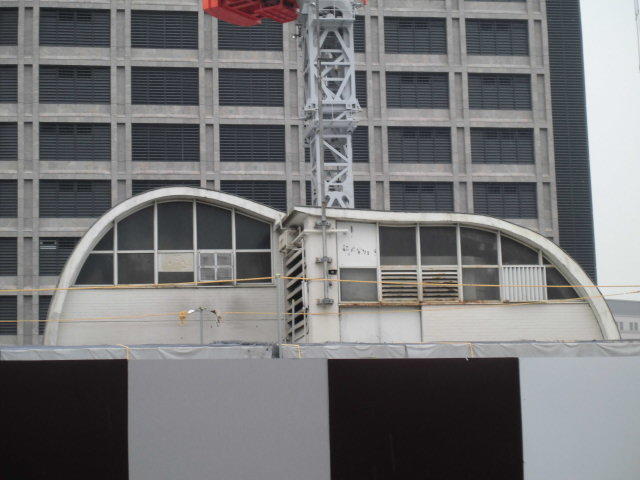
<Elephant of Ginza Delilium Cafe>
The signboard of the pink elephant on the delirium cafe in Ginza is also cute. This is a cafe where you can drink many kinds of Belgian beer. I'm having lunch too. (Ginza Miharakoji corner)
Signboard of Cafe in Ginza is also sweet. A pink elephant! This cafe offers varieties of Belgium and nice meal during lunch time.
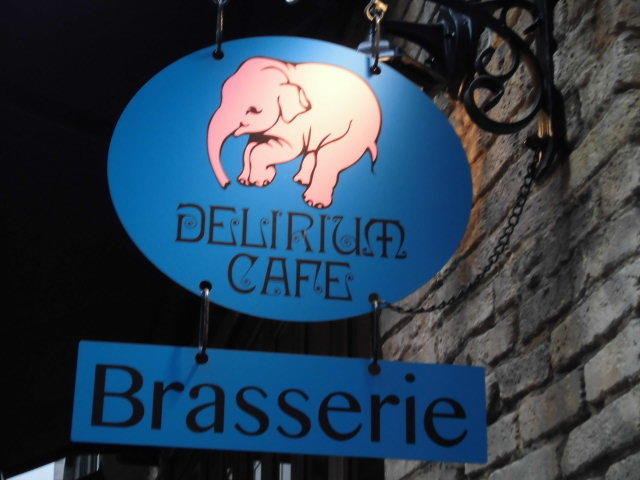
<Elephant of Ginza Dober Street Market>
And the elephant space on the first floor of Dover Street Market in Ginza 6-chome. This is a fashion building, but for some reason there is an elephant space that decorates elephants with brands every season. It's fashionable, but it's a little surprised because it appears as you walk.
Do you know there is a spot so called "Elepaht Space" in Ginza? It is on the first floor of Dover Street Market Ginza. This whole facility is exclusively stylish and Elephant Space decoration changes seasonally. Below are the pictures taken in early July.
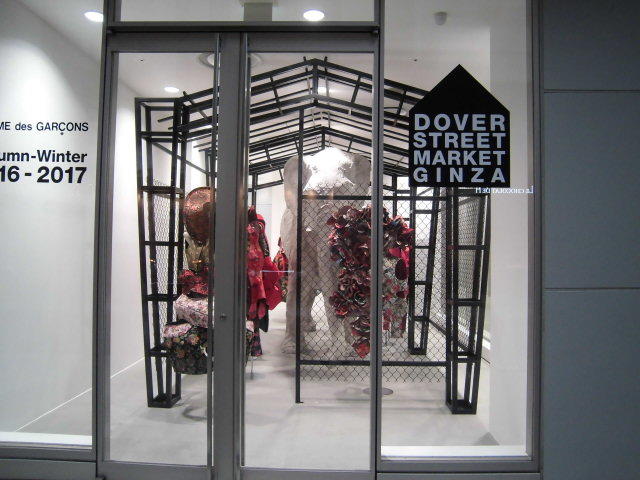
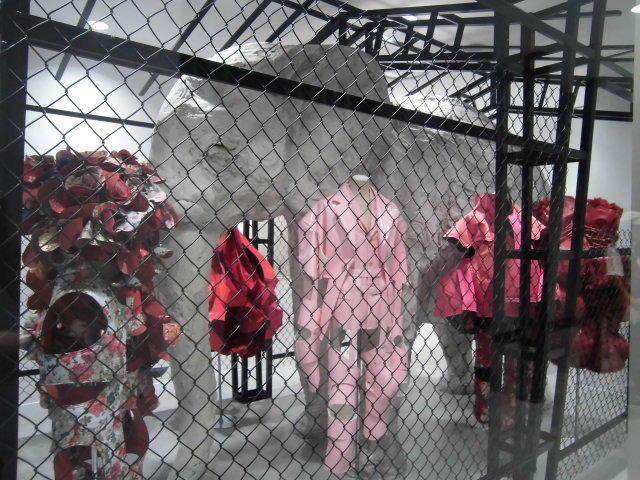
It was like this when I came before.
It was like this in spring.
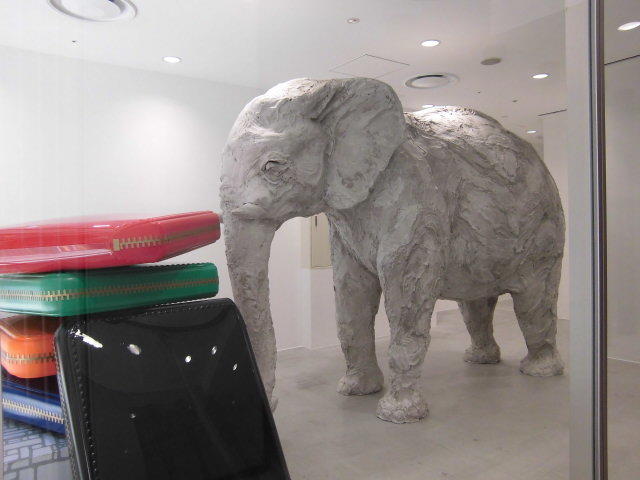
<An elephant of Marronnier Gate>
Finally, there was such a cute display in front of the restaurant at Marronnier Gate. I think there are still many elephant spots, but for the time being, this is the end.
I believe there are many other wonderful displays and facilities, but this is it for this time. Cute yellow elephant was displayed at the restaurant floor of Marronnier Gate in Ginza.
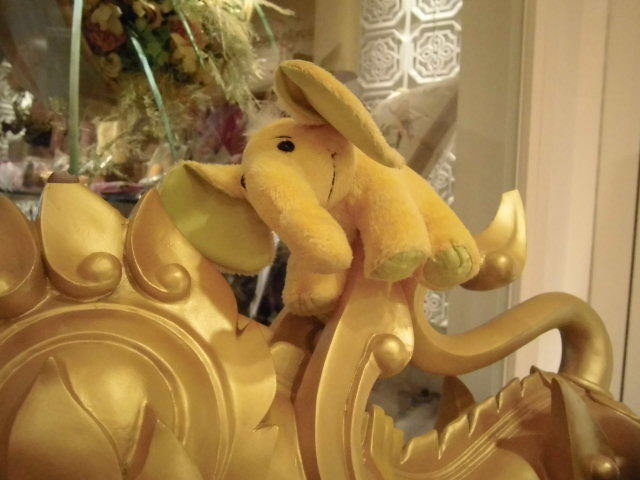
Finally, I would like to express my deepest gratitude to Mr. S and Mr. O who accompanied me for explaining very interestingly and carefully at the Hamarikyu Onshi Garden.
Lastly, I would like to express my sincere appreciation to S-san, who shared her valuable knowledge with me at Hamarikyu Garden, and O-san, who joined our tour.
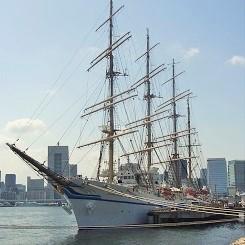
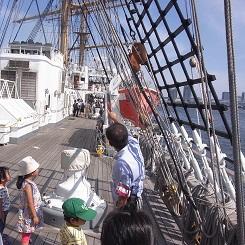
 July 18 is the day of the sea.
July 18 is the day of the sea.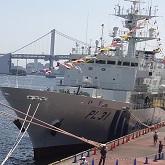

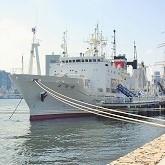
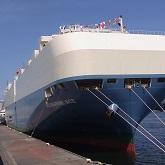
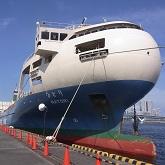
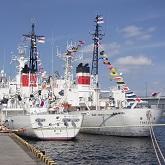
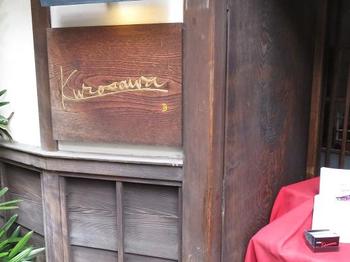
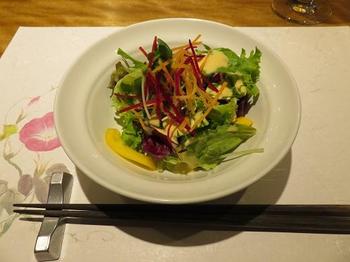
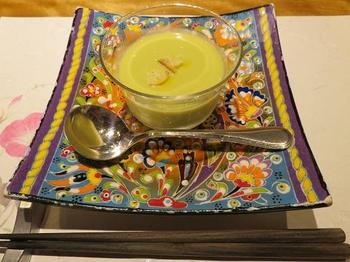
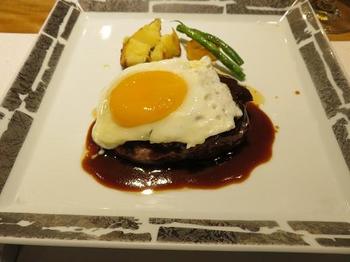
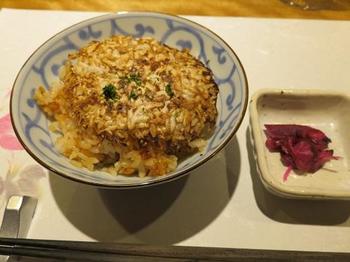
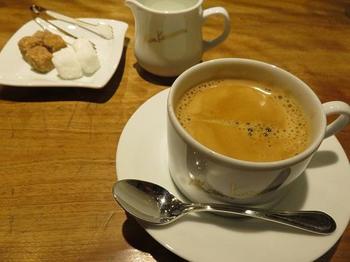
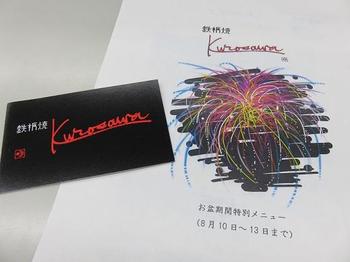
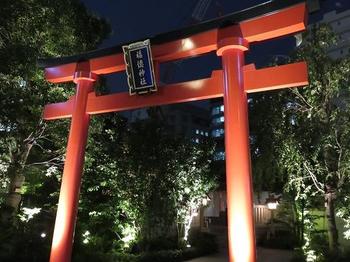
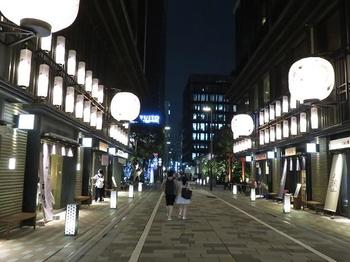
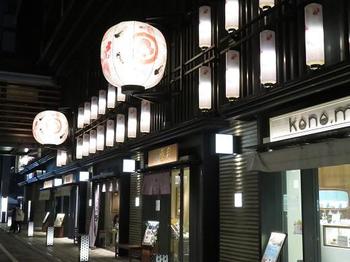
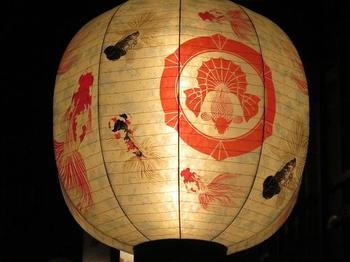
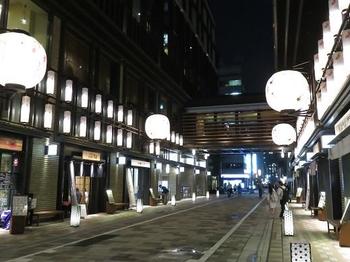
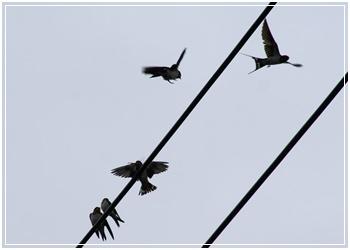
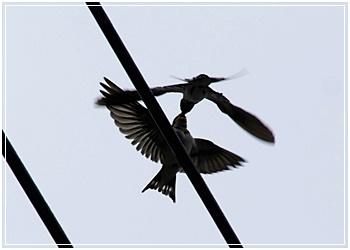
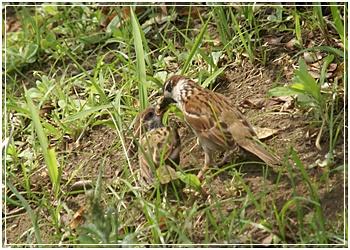
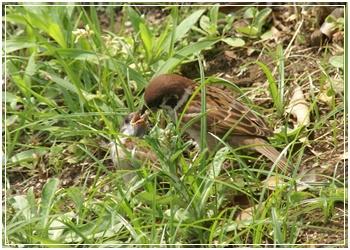 It's also cute to walk on the tonton with the parent sparrow.
It's also cute to walk on the tonton with the parent sparrow.
